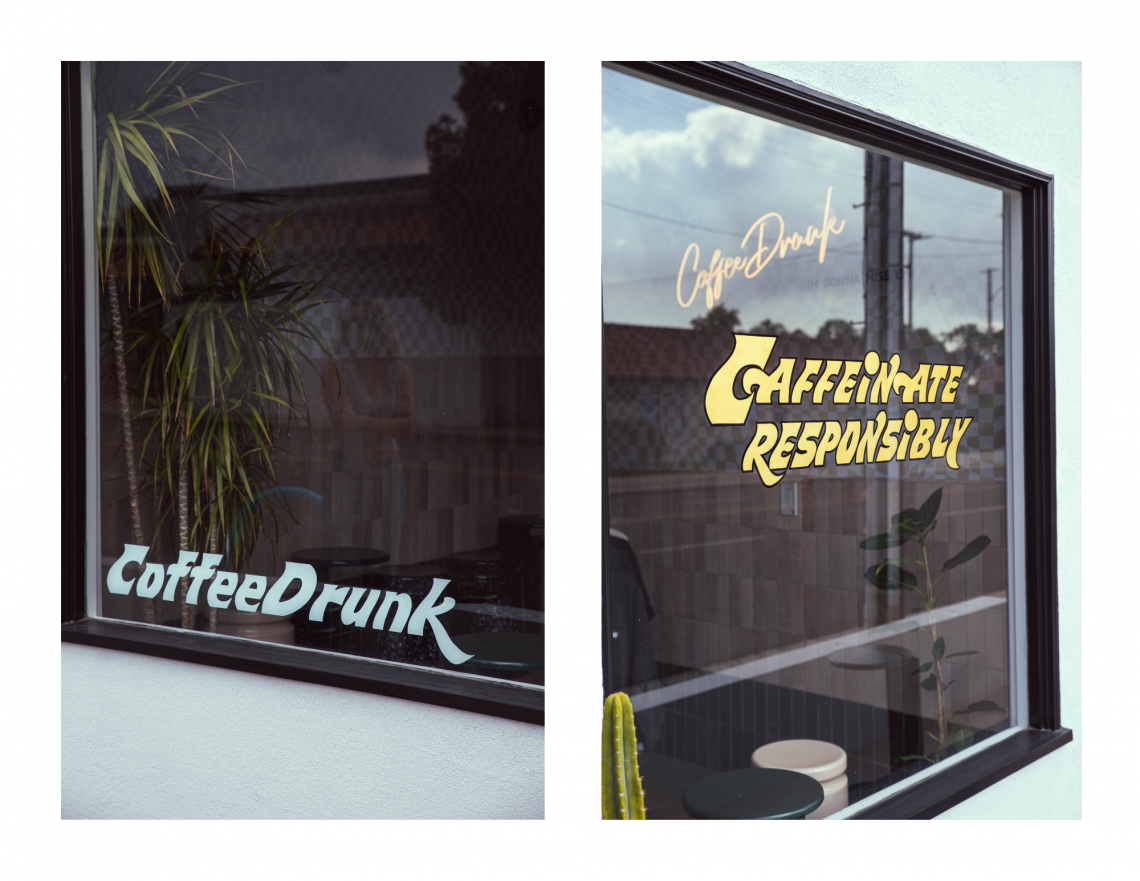Long Beach Landmarks: Pike

PIKE
A Brief History of Long Beach's Century-Old Entertainment Center
By Lindsey Goodrow

The Pike is a 344,000 square foot open-air shopping destination that spans the distance between the Aquarium of the Pacific and the Long Beach Convention Center. It houses more than a dozen premier retail outlets and another dozen restaurants to keep you satiated while you shop by the sea. It is also known for its giant movie theater and a solar-powered Ferris wheel. While this area is currently known as a fun retail destination, at the turn of the 20th century, Long Beach Pike was a grand amusement park that turned a sleepy seaside resort town into a bustling city. Below is the brief but rich history of the Pike and how it came to be.

WILLMORE CITY
Before Long Beach was incorporated and given its current name, it was called Willmore, named after William E. Willmore, who leased the 4,000-acre plot from Jothan Bixby and developed it into a seaside resort town in 1880. It was essentially a bare-bones community with a pier and some basic wooden structures. Willmore’s plans for a city fell apart quickly and he resold the land with an enticing advertisement at auction reading, “Willmore, the future city by the blue and bounding sea”. It was purchased and renamed Long Beach, which was much more fitting with its four-mile stretch of shoreline and also less narcissistic. The city began to grow exponentially after this, and in 1902 there was a rush of modernization and an influx of residents and tourists with the completion of the Pacific Electric Railway Long Beach line, which happened to stop right at the end of Pine Ave. This railway stop would become the place of origin for The Pike.
PACIFIC ELECTRIC RAILWAY
The Pacific Electric Long Beach line brought new curious people to the city and it was quickly realized that they needed to be given a reason to stay; to live, grow, and prosper in a brand new city. The railway gave people work, but it was difficult and grueling. While the transformative transportation line expanded along the Southern California coast, elaborate swimming pools were built to cool down and entertain the subsequent railway workers.
THE LOST BATHHOUSE
How do you convince hundreds of men to build a railway in the desert? Put in an elaborate indoor swimming pool nearby! Extravagant swimming pools were all the rage at the turn of the 20th century. Financed by prosperous railroad companies, these pools were constructed and filled up to entice workers to work happily in the sweltering heat of the California desert. They could cool off, get clean, and socialize while they swam and splashed around. The Seaside Water Company opened up a state-of-the-art bathhouse in Long Beach called The Plunge in 1906. It was a stunning sight to behold when you walked up to its domed circular portico entrance. Pillared corridor wings jutted off on either side and the gabled roof was adorned with decorative cupulas - and that was just the outside of the building!

Inside was a state-of-the-art pleasure pool fit with stadium seating for onlookers to watch trapeze acts, acrobatics, and ballet that was all taking place in the water. The Plunge is what brought residents to Long Beach, keeping them cool and entertained while they developed the city further. To keep up with the heavy foot traffic that began once the bathhouse opened, a long wooden boardwalk was built in front and along the beach, with shops, venues, and restaurants quickly sprouting up along the way. One could hardly keep up with this level of expansion - but in 1906 The Pike officially became an amusement park with its first rollercoaster.
THE CONEY ISLAND OF THE WEST COAST
While the bathhouse brought the railroad workers, their families, and tourists to Long Beach, The Pike’s rollercoasters and rides kept them from ever wanting to leave. Walking around the Pike was like discovering a brand new world full of wonder and light. A series of coasters were built throughout the years, growing bigger and bolder along the way. The most famous and at the time the second-largest rollercoaster in The United States was the Cyclone Racer, a dual-track wooden coaster whose railings extended out over the water. There was also a beautifully designed Looff carousel, a station for saltwater taffy, a strong man, pony rides, and much more.

In The Pike's golden era in 1954, it was listed as one of the five largest amusement parks with 218 concessions. But nothing good lasts forever. The Plunge closed in 1966 followed by the demolition of the Cyclone Racer in 1968, as well as the handing over of control of downtown and shoreline development in 1974, and the beginning stages of development for what would come to be the Convention Center in 1975.
Most traces of the wonderful Pike amusement park have vanished. While there has been a shift from finding entertainment in bathhouses and rollercoasters to finding it in the best deals at the outlets, we still have a wonderful time down at the Pike Outlets. Head down there now and take a ride on the solar-powered Ferris wheel for some of the best views of the harbor - maybe you’ll be able to picture what it must have looked like one hundred years ago.

Painting by Jamie Tablason
Categories
Recent Posts


.png?w=1140)







